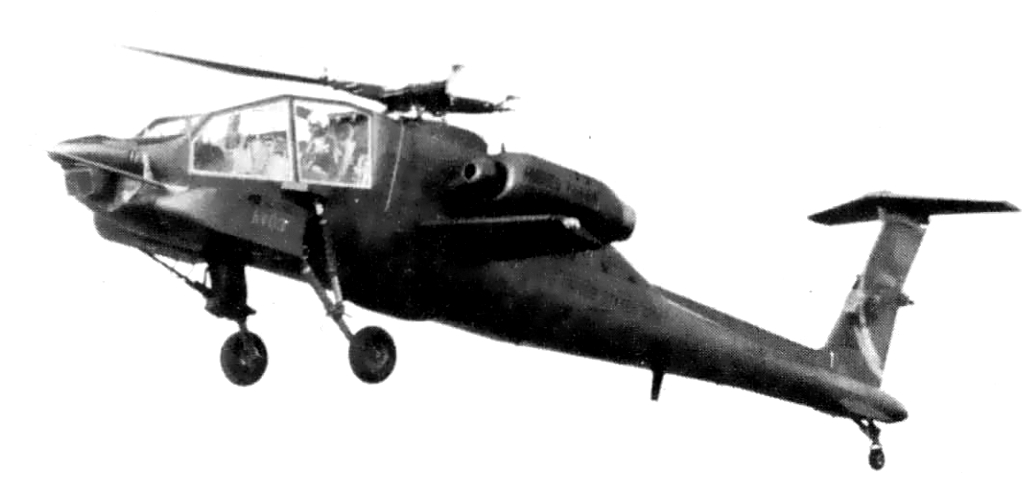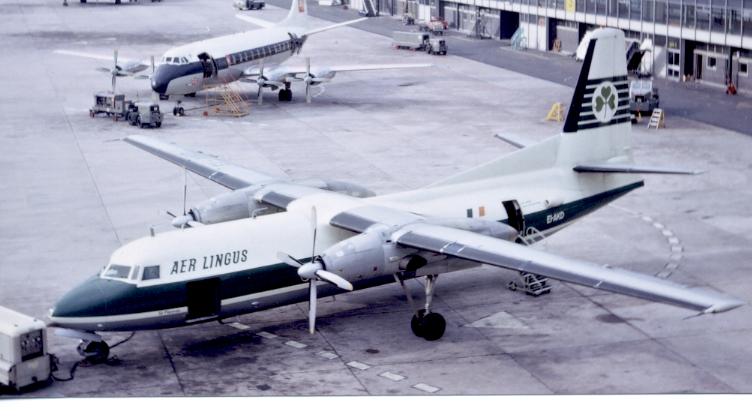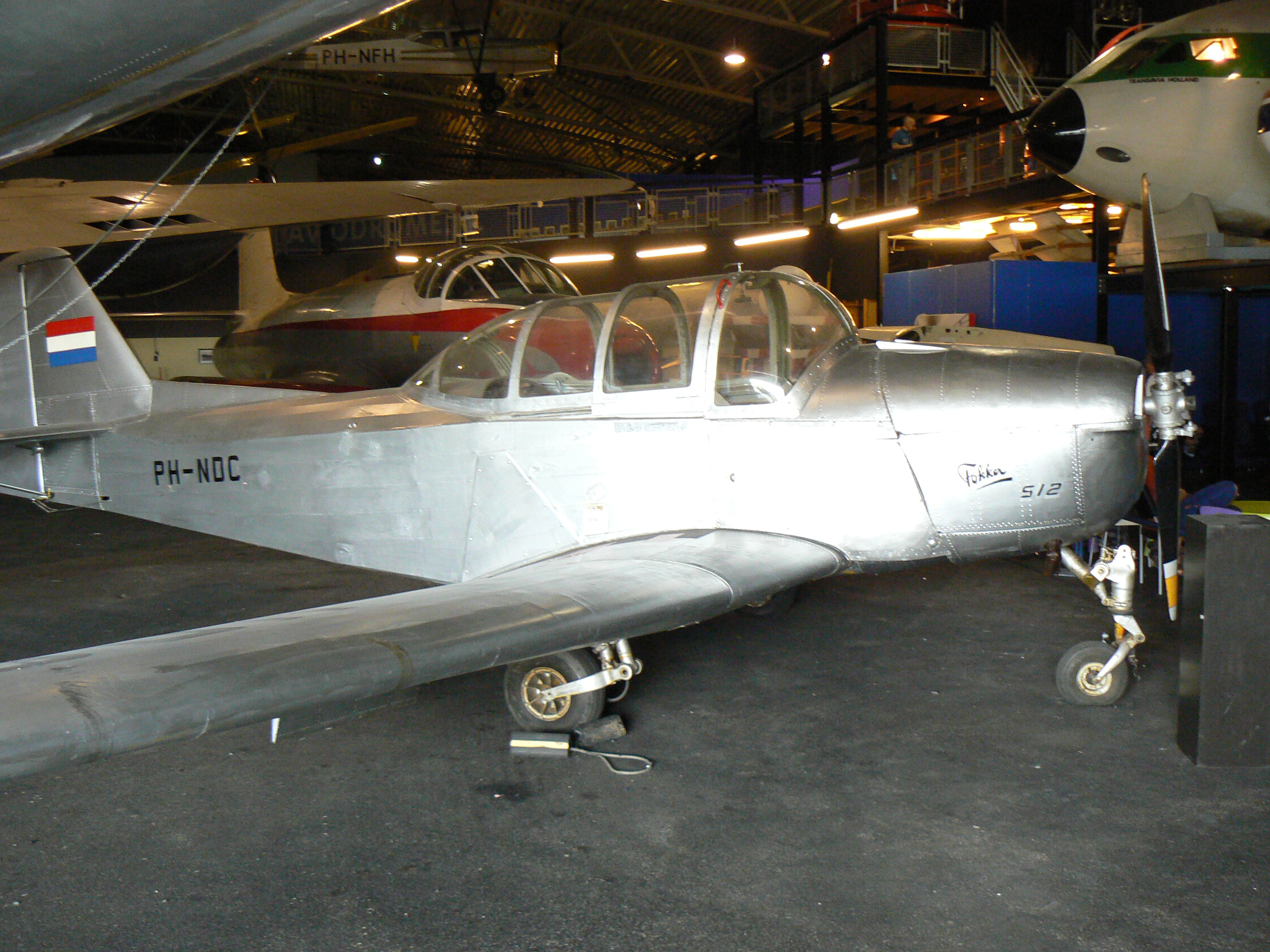|
Gilze Rijen Air Base
Gilze-Rijen Air Base ( nl, Vliegbasis Gilze-Rijen, ) is a military airbase in the south of Netherlands. It is located between the cities of Breda and Tilburg, which are both in North Brabant. The airport is mainly, but not exclusively used as a base for Royal Netherlands Air Force helicopters. The airfield has two runways, the longest one is complete with an instrument landing system (ILS) and is long by wide in the 10/28 direction. The shorter runway (without ILS) is by in the 02/20 direction. History Gilze-Rijen Air Base is the oldest airfield in the Netherlands, the first aircraft to have landed there being a Blériot in 1910. The first military aircraft activity dates back to 1913, when a Farman aircraft used the field for military exercises which established it as a military airfield. In 1940, the airfield came under heavy attack from the German Luftwaffe, who later took control of the base and expanded it for their own use. While in German hands during the S ... [...More Info...] [...Related Items...] OR: [Wikipedia] [Google] [Baidu] |
Gilze En Rijen
Gilze en Rijen () is a municipality in the southern Netherlands. The municipality contains four villages: Rijen, Gilze, Hulten and Molenschot. It is home to the Gilze-Rijen Air Base. Rijen grew in the 19th century due to its leather factories. Population centres Topography ''Dutch Topographic map of the municipality of Gilze en Rijen, June 2015'' Transportation Railway Station: Gilze-Rijen Climate The climate in this area has mild differences between highs and lows, and there is adequate rainfall year-round. According to the Köppen Climate Classification system, Gilze en Rijen has a marine west coast climate, abbreviated "Cfb" on climate maps. On 24 July 2019, temperatures in Gilze en Rijen reached as high as , the highest temperature ever recorded in The Netherlands until it was surpassed by Eindhoven the same day. However, a day later, on 25 July, temperatures in Gilze en Rijen reached , making it the first place ever in The Netherlands where was measured and took away ... [...More Info...] [...Related Items...] OR: [Wikipedia] [Google] [Baidu] |
Luftwaffe
The ''Luftwaffe'' () was the aerial-warfare branch of the German ''Wehrmacht'' before and during World War II. Germany's military air arms during World War I, the ''Luftstreitkräfte'' of the Imperial Army and the '' Marine-Fliegerabteilung'' of the Imperial Navy, had been disbanded in May 1920 in accordance with the terms of the 1919 Treaty of Versailles which banned Germany from having any air force. During the interwar period, German pilots were trained secretly in violation of the treaty at Lipetsk Air Base in the Soviet Union. With the rise of the Nazi Party and the repudiation of the Versailles Treaty, the ''Luftwaffe''s existence was publicly acknowledged on 26 February 1935, just over two weeks before open defiance of the Versailles Treaty through German rearmament and conscription would be announced on 16 March. The Condor Legion, a ''Luftwaffe'' detachment sent to aid Nationalist forces in the Spanish Civil War, provided the force with a valuable testing grou ... [...More Info...] [...Related Items...] OR: [Wikipedia] [Google] [Baidu] |
Soesterberg Air Base
Soesterberg Air Base was a Royal Netherlands Air Force (RNLAF) military air base located in Soesterberg, east-northeast of Utrecht. It was first established as an airfield in 1911, and in 1913, the Dutch Army bought the field and established the Army Aviation Division. For almost 40 years, United States Air Force facilities at Soesterberg, named Camp New Amsterdam was a major front line USAFE air base during the Cold War. The base was closed on 31 December 2008, due to budget cuts in the Dutch armed forces. The air base ceased flying operations on 12 November 2008, when the command was transferred from the RNLAF to the Ministry of Defence which will take care of the base until it will be given back to nature. The last fighter ever to depart, delayed due bad weather at Aviano AB, was a Greek F-4E Phantom II. The former USAFE part stays in military hands, and will now officially be called Camp New Amsterdam. Early history During World War I, the Netherlands was a neutral ... [...More Info...] [...Related Items...] OR: [Wikipedia] [Google] [Baidu] |
AH-64 Apache
The Boeing AH-64 Apache () is an American twin-turboshaft attack helicopter with a tailwheel-type landing gear arrangement and a tandem cockpit for a crew of two. It features a nose-mounted sensor suite for target acquisition and night vision systems. It is armed with a M230 chain gun carried between the main landing gear, under the aircraft's forward fuselage, and four hardpoints mounted on stub-wing pylons for carrying armament and stores, typically a mixture of AGM-114 Hellfire missiles and Hydra 70 rocket pods. The AH-64 has significant systems redundancy to improve combat survivability. The Apache began as the ''Model 77'' developed by Hughes Helicopters for the United States Army's Advanced Attack Helicopter program to replace the AH-1 Cobra. The prototype YAH-64 was first flown on 30 September 1975. The U.S. Army selected the YAH-64 over the Bell YAH-63 in 1976, and later approved full production in 1982. After purchasing Hughes Helicopters in 1984, McDonnell ... [...More Info...] [...Related Items...] OR: [Wikipedia] [Google] [Baidu] |
MBB Bo 105
The Messerschmitt-Bölkow-Blohm Bo 105 is a light, twin-engine, multi-purpose helicopter developed by Bölkow of Ottobrunn, West Germany. It was the first light twin-engine helicopter in the world, and the first rotorcraft that could perform aerobatic maneuvers such as inverted loops.Moll 1991, p. 96. The Bo 105 features a revolutionary hingeless rotor system, a pioneering innovation in helicopters when it was introduced into service in 1970. Production of the Bo 105 began at the then-recently merged Messerschmitt-Bölkow-Blohm (MBB). The main production facilities for producing the Bo 105 were located in Germany and Canada; due to the level of export sales encountered, additional manufacturing lines were set up in Spain, Indonesia, and the Philippines. MBB became a part of Eurocopter in 1991, who continued production of the type until 2001. The Bo 105 was formally replaced in Eurocopter's product range by the newer Eurocopter EC135. Development In 1964, development work beg ... [...More Info...] [...Related Items...] OR: [Wikipedia] [Google] [Baidu] |
Hardened Aircraft Shelter
A hardened aircraft shelter (HAS) or protective aircraft shelter (PAS) is a reinforced hangar to house and protect military aircraft from enemy attack. Cost considerations and building practicalities limit their use to fighter size aircraft. Background HASs are a passive defence measure (i.e., they limit the effect of an attack, as opposed to active defences, such as surface-to-air missiles) which aim to prevent or at least degrade enemy attacks. The widespread adoption of hardened aircraft shelters can be traced back to lessons learned from Operation Focus in the 1967 Arab-Israeli Six-Day War, when the Israeli Air Force destroyed the unprotected Egyptian Air Force, at the time the largest and most advanced air force in the Arab world, at its airfields’ airbases. As with many military items, whether structures, tanks or aircraft, its most prolific use was during the Cold War. NATO and Warsaw Pact countries built hundreds of HASs across Europe. In this context, hardened airc ... [...More Info...] [...Related Items...] OR: [Wikipedia] [Google] [Baidu] |
General Dynamics F-16 Fighting Falcon
The General Dynamics F-16 Fighting Falcon is a single-engine Multirole combat aircraft, multirole fighter aircraft originally developed by General Dynamics for the United States Air Force (USAF). Designed as an air superiority day fighter, it evolved into a successful night fighter, all-weather multirole aircraft. Over 4,600 aircraft have been built since production was approved in 1976. Although no longer being purchased by the U.S. Air Force, improved versions are being built for export customers. In 1993, General Dynamics sold its aircraft manufacturing business to the Lockheed Corporation, which in turn became part of Lockheed Martin after a 1995 merger with Martin Marietta. The Fighting Falcon's key features include a frameless bubble canopy for good visibility, side-stick, side-mounted control stick to ease control while maneuvering, an ejection seat reclined 30 degrees from vertical to reduce the effect of g-forces on the Aircraft pilot, pilot, and the first use of a rel ... [...More Info...] [...Related Items...] OR: [Wikipedia] [Google] [Baidu] |
Northrop F-5
The Northrop F-5 is a family of supersonic light fighter aircraft initially designed as a privately funded project in the late 1950s by Northrop Corporation. There are two main models, the original F-5A and F-5B Freedom Fighter variants and the extensively updated F-5E and F-5F Tiger II variants. The design team wrapped a small, highly aerodynamic fighter around two compact and high-thrust General Electric J85 engines, focusing on performance and a low cost of maintenance. Smaller and simpler than contemporaries such as the McDonnell Douglas F-4 Phantom II, the F-5 cost less to procure and operate, making it a popular export aircraft. Though primarily designed for a day air superiority role, the aircraft is also a capable ground-attack platform. The F-5A entered service in the early 1960s. During the Cold War, over 800 were produced through 1972 for U.S. allies. Though at the time the United States Air Force (USAF) did not have a need for a light fighter, it did procure approx ... [...More Info...] [...Related Items...] OR: [Wikipedia] [Google] [Baidu] |
Fokker F27 Friendship
The Fokker F27 Friendship is a turboprop airliner developed and manufactured by the Dutch aircraft manufacturer Fokker. It is the most numerous post-war aircraft manufactured in the Netherlands; the F27 was also one of the most successful European airliners of its era. The F27 was developed during the early 1950s with the intent of producing a capable successor to the earlier piston engine-powered airliners that had become commonplace on the market, such as the Douglas DC-3. A key innovation of the F27 was the adoption of the Rolls-Royce Dart turboprop engine, which produced substantially less vibration and noise which provided improved conditions for passengers; another major comfort feature was cabin pressurisation. Innovative manufacturing techniques were also employed in the aircraft's construction. On 24 November 1955, the F27 made its maiden flight; on 19 November 1958, the type was introduced to revenue service. Shortly after its introduction, the F27 was recognised as be ... [...More Info...] [...Related Items...] OR: [Wikipedia] [Google] [Baidu] |
Fokker S-11
The Fokker S-11 Instructor is a single-engine two-seater propeller aircraft designed and manufactured by the Dutch aircraft manufacturer Fokker. History One of the first activities undertaken by Fokker after World War II was the design of a new military aircraft for elementary flying training, the S-11 Instructor. An aircraft trader already placed orders for 100 of these aircraft in 1946, before construction had even begun. The first prototype flew at Schiphol on 18 December 1947. During testing in early 1948 it was found that some aerodynamic changes had to be made to improve the handling of the aircraft. Later that year demonstration flights for several air forces followed and eventually many S-11s were sold to the Royal Netherlands Air Force, Israeli Air Force, Italian Air Force, Brazilian Air Force, Paraguayan Air Force and Bolivian Air Force. Some 170 aircraft were license built in Italy as the Macchi M.416. A limited number of S-11 Instructors are still flying today. The Dut ... [...More Info...] [...Related Items...] OR: [Wikipedia] [Google] [Baidu] |
Bomber Aircraft
A bomber is a military combat aircraft designed to attack ground and naval targets by dropping air-to-ground weaponry (such as bombs), launching torpedoes, or deploying air-launched cruise missiles. The first use of bombs dropped from an aircraft occurred in the Italo-Turkish War, with the first major deployments coming in the First World War and Second World War by all major airforces causing devastating damage to cities, towns, and rural areas. The first purpose built bombers were the Italian Caproni Ca 30 and British Bristol T.B.8, both of 1913. Some bombers were decorated with nose art or victory markings. There are two major classifications of bomber: strategic and tactical. Strategic bombing is done by heavy bombers primarily designed for long-range bombing missions against strategic targets to diminish the enemy's ability to wage war by limiting access to resources through crippling infrastructure or reducing industrial output. Tactical bombing is aimed at countering ene ... [...More Info...] [...Related Items...] OR: [Wikipedia] [Google] [Baidu] |
Air Traffic Control
Air traffic control (ATC) is a service provided by ground-based air traffic controllers who direct aircraft on the ground and through a given section of controlled airspace, and can provide advisory services to aircraft in non-controlled airspace. The primary purpose of ATC worldwide is to prevent collisions, organize and expedite the flow of air traffic, and provide information and other support for pilots. Air traffic controllers monitor the location of aircraft in their assigned airspace by radar and communicate with the pilots by radio. To prevent collisions, ATC enforces traffic separation rules, which ensure each aircraft maintains a minimum amount of empty space around it at all times. In many countries, ATC provides services to all private, military, and commercial aircraft operating within its airspace. Depending on the type of flight and the class of airspace, ATC may issue ''instructions'' that pilots are required to obey, or ''advisories'' (known as ''flight infor ... [...More Info...] [...Related Items...] OR: [Wikipedia] [Google] [Baidu] |









.jpg)
